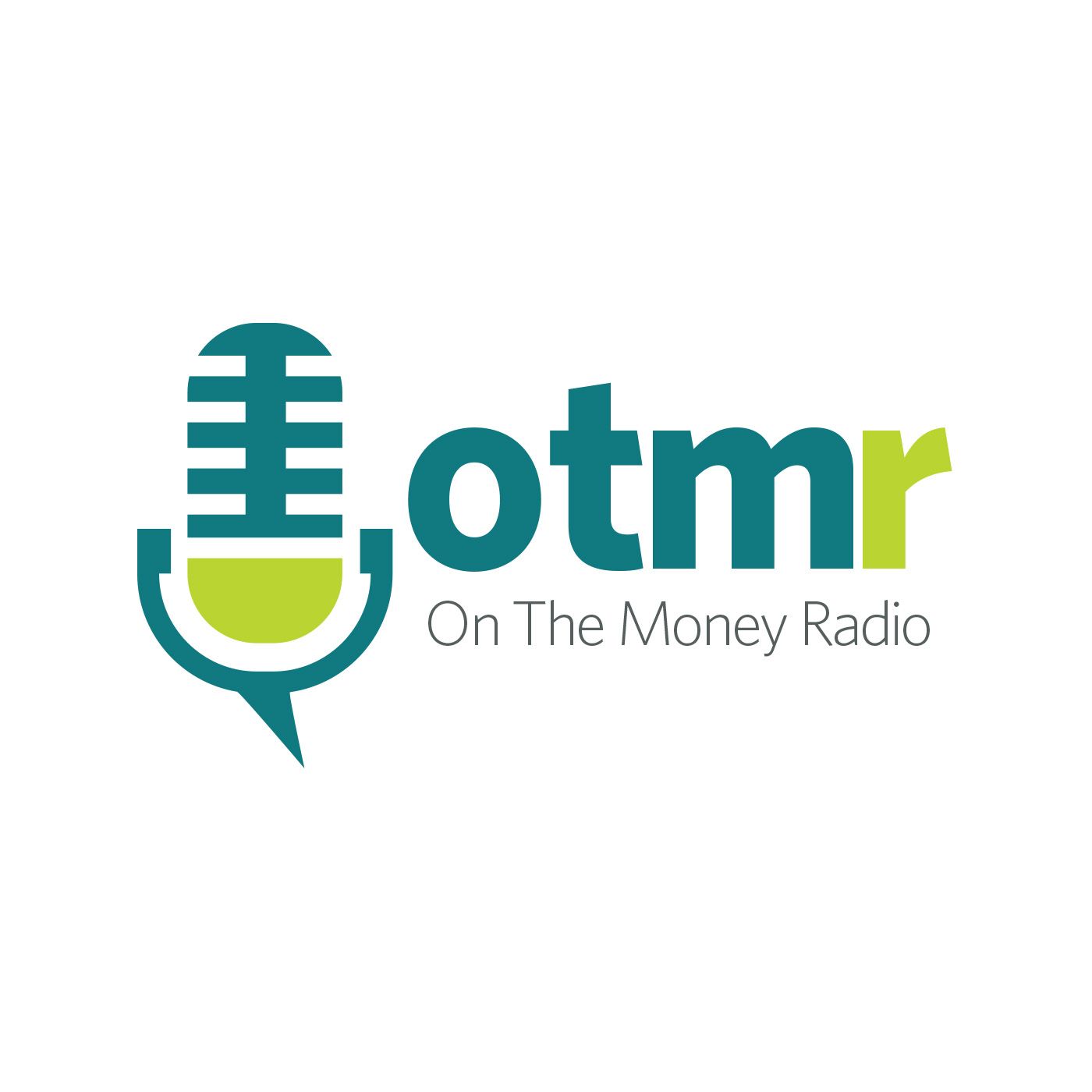Does The Federal Reserve Really Know What Theyre Doing?

b"With Danielle Marceau, Senior Economist with Prevedere
If you\\u2019re going to the beach and you want to know if it\\u2019s going to be sunshine or storm clouds, you could check grandma\\u2019s arthritic knees, pick up a divining rod, or maybe call Al Roker. When it comes to forecasting the economy, however, you\\u2019ll want a more scientific approach.
Danielle Marceau is a senior economist at Prevedere, where economic growth is predicted by identifying leading indicators and coming up with algorithms that have produced results with more than 85% accuracy. Prevedere defines their method as a \\u201cstatistical combination of multiple leading macroeconomic trends, creating a single line representing the future momentum of the industry.\\u201d
Danielle says that the Federal Reserve, in contrast to the philosophy behind Prevedere, uses a reactionary method to measure economic growth, one based on the current state of the economy and not necessarily on looking into the future. An example of the disparity between the two systems concerns the employment numbers that just came out in May. The Fed had predicted the number of jobs added to be around 160,000, when, in reality, they came in at 38,000. Prevedere had actually predicted a lower number of new jobs based on their indicators, which included, for instance, the fact that corporate profits, small business confidence, and industrial production were all calling for weaker jobs growth.
It\\u2019s important to note, Danielle points out, that in spite of the slow growth we\\u2019re currently experiencing, we\\u2019re not looking at a contraction, a pulling back, but instead a period of deceleration, a softness in the economy.
Even factoring in for the uncertainty caused by Brexit,\\xa0none of the leading indicators are foreshadowing an imminent recession in the US because of Great Britain\\u2019s divorce proceedings from the European Union.
This optimism is partly due to Prevedere\\u2019s industry outlook scores, health scores, as it were, that measure the health of certain industries trending in a positive direction, which they refer to as B\\xa0 to C industries\\u2014business to consumer\\u2014which include healthcare,\\xa0 technology, retail\\xa0 packaged goods, and the auto industry, all consumer-end focused industries which have scored positively. Based on their data, the US economy doesn\\u2019t seem to be particularly vulnerable to the global fallout incurred by Brexit.
Brexit, however, has undoubtedly rattled the stability of the world economy and volatility will probably be with us for the foreseeable future. According to Prevedere\\u2019s calculations, the economic forecast may not promise all blue skies and sunshine, but neither does it point to stormy weather.
Read The Entire Transcript HereCollapse Transcript
Steve Pomeranz: There's a lot of talk these days about the fact that the Fed keeps predicting or keep making bad predictions about the US economy as they try to adjust interest rates to either speed up or slow down economic growth.\\xa0 My guest, Danielle Marceau, is a senior economist at Prevedere.\\xa0 She's an expert of forecasting growth and the growth and contraction of the US economy. And their algorithm, so they write, has produced results with more than 85% accuracy.\\xa0 So that truly interested me, and I wanted to get to talk to her.\\xa0 Welcome to the show, Danielle.
Danielle Marceau: Thanks, Steve. Thanks for having me.
Steve Pomeranz: Those of us who follow policy making from the Federal Reserve, and I know you do as well, have noticed that they've talked about raising interest rates quite often, and they only really were able to raise them once, and they keep modifying their predictions on growth.\\xa0 What's going on there?
Danielle Marceau: Yes, I believe and what I've seen is that, really, they missed their opportunity to get the raise in that they had expected or wanted to get in."